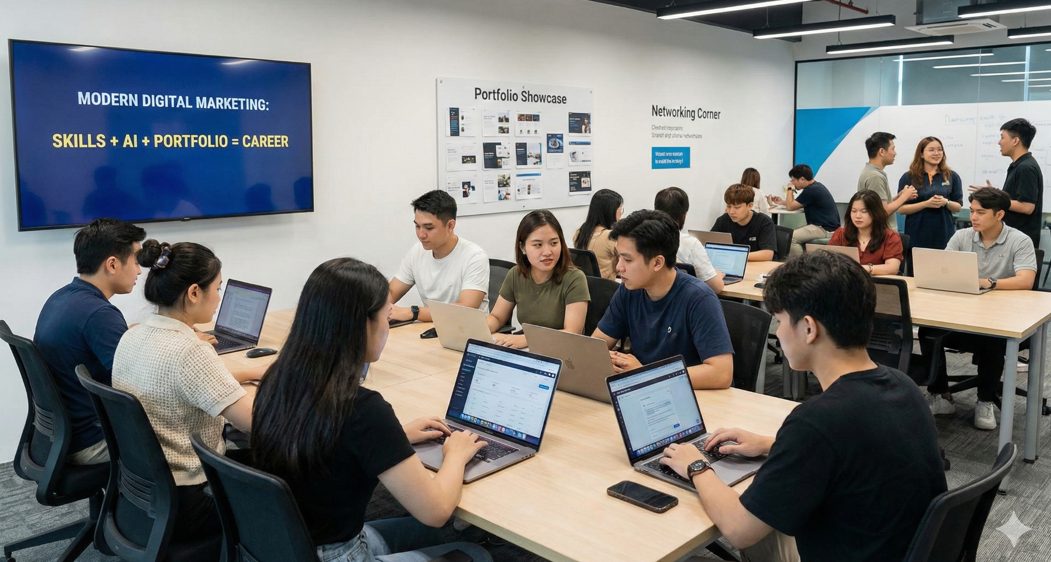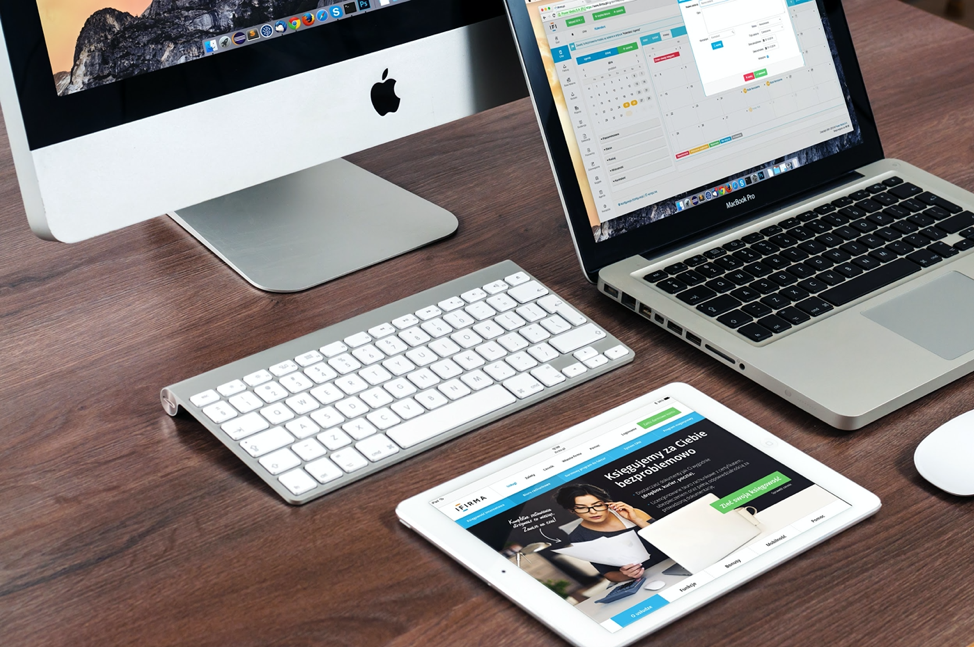Melbourne’s work culture isn’t what it used to be, and that’s a good thing. Remote setups, solo businesses, and hybrid teams are becoming more common, especially as people rethink how and where they work. Renting a traditional office isn’t always worth the cost anymore. That’s where virtual offices come in.
In this blog, we will break down the key features to look for when choosing a virtual office. You’ll find out what’s actually useful, what could cost you more later, and how to pick a service that actually fits how you work.
A Real Business Address
Your address matters, especially if you’re trying to build trust with clients or partners. A good virtual office plan gives you a business address in a well-known part of Melbourne, not a P.O. box or a random retail strip.
You’ll want an address you can confidently list on your website, business cards, or signatures. It also helps if there’s a staffed reception area. Why? Because sometimes, clients check out your location before even getting in touch. A real office with a professional setup speaks louder than you might think.
If your address is part of a known coworking or business hub, that’s a bonus. It signals that you’re serious, even if you mostly work remotely.

Mail Handling Should Be Easy and Efficient
Mail might not be a big part of your day-to-day, but it still matters, especially if you’re receiving important documents or packages.
A good virtual office in Melbourne doesn’t just collect your mail; it should sort it daily and offer options for forwarding or scanning. Some businesses need mail sent out weekly, others monthly. Some just want a scan emailed over so they can act quickly. It depends on how you work.
What’s important is that you know how the service works and what it costs. Basic mail forwarding is often included, but large packages, express shipping, or daily mail-outs might come with added charges. Ask about those early so there are no surprises later.
On-Demand Access to Meeting Rooms and Workspaces
Even if you’re fully remote most days, you’ll still need a proper meeting room now and then. Video calls can only go so far, and some conversations are better in person.
That’s why many virtual office packages include access to meeting rooms or private offices, either by the hour or as part of a bundled plan. If you’re meeting clients, training a small team, or even just need a quiet space away from home, this is incredibly useful.
Check how the system works. Do you need to book ahead? Are there peak times when rooms fill up fast? And how many hours are included in your plan each month?
A workspace that’s modern, clean, and centrally located in Melbourne can make a strong impression. It shows you take your work and your clients seriously.
Live Receptionists
You can’t always be available when the phone rings. But ignoring calls or letting them go to voicemail can mean missed opportunities.
A live call answering service fixes that. Someone picks up on your behalf, takes messages, or forwards calls when you’re available. It’s a simple way to stay connected without being tied to your phone all day.
Some plans also offer a dedicated Melbourne number or even toll-free options, which help if you’re working nationally. You might also get voicemail-to-email services, so you’re always in the loop.
These services make your business feel bigger than it is, which helps when you’re just starting out or running lean.
Workspace Access
Some virtual office plans come with set hours of private office or coworking access. Others let you pay by the hour.
Either way, it’s good to have options. Sometimes working from home just doesn’t cut it, you need a change of scenery or a more focused environment. Or maybe you’ve got a project that requires meeting in person for a few days.
What matters is that you’re not locked into a full lease just to get a few solid workdays in a proper space. Look at how the plan handles access: are hours easy to book? Can you increase your usage when needed without jumping to a higher-priced plan?
Is the Setup Actually Professional, or Just a Mailbox?
This part is easy to overlook. You might think every virtual office operates from a real office space, but that’s not always true. Some are little more than retail mail depots.
If professionalism is important to you, look for a provider with a real business center or coworking facility. It should have reception staff, meeting rooms, and work areas that clients can visit.
You can even ask for a tour. Most places won’t mind showing you around. It gives you a better sense of how the space looks and how things are run, and it helps you decide if the environment matches your business style.
Flexible Plans and Responsive Support
Plans should fit your business, not the other way around. Look for virtual office providers that allow you to adjust your plan easily. You might start with just mail forwarding but eventually need to call answering or regular office use.
You also want a provider that responds quickly when something comes up. Things like lost packages, last-minute meeting bookings, or account changes should be easy to sort out.

Hidden Costs Add Up
One of the most common complaints about virtual offices is pricing confusion. The advertised monthly fee looks great until you realize everything else is extra.
Meeting rooms, extra mail forwarding, scanning services, call answering, many of these are billed separately. That’s fine, as long as you know upfront. Ask for a breakdown. What’s included? What’s billed as needed? A slightly more expensive plan that includes everything might end up cheaper in the long run.
Also, check if they charge cancellation fees or require long-term contracts. Flexibility is the whole point, make sure the pricing reflects that.
Looking Ahead
Virtual offices aren’t just a short-term fix; they’re a smart long-term choice for businesses that value flexibility. The right virtual office in Melbourne can grow with your needs without the usual office-related stress.
As more people move to remote-first setups or hybrid models, services like these will only become more common and better tailored to specific work styles.
Think of it like building your own office experience without the square footage, long leases, or overhead. It’s your work, your way, with a little help behind the scenes.








